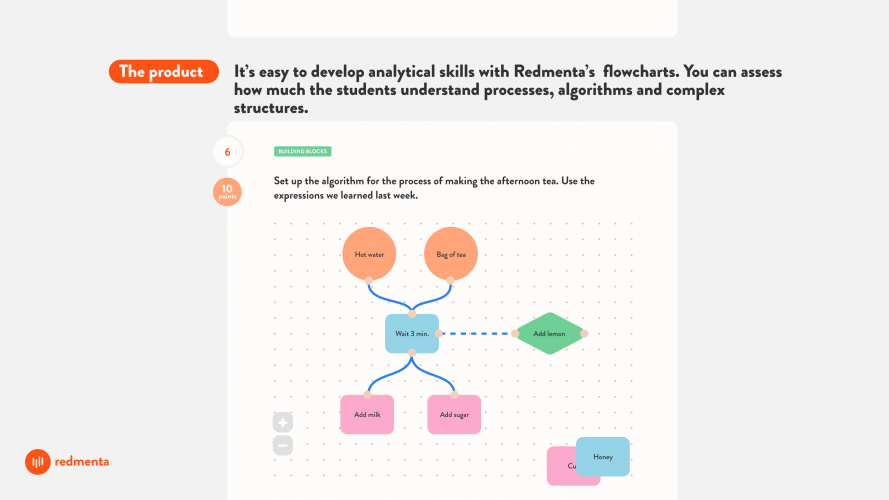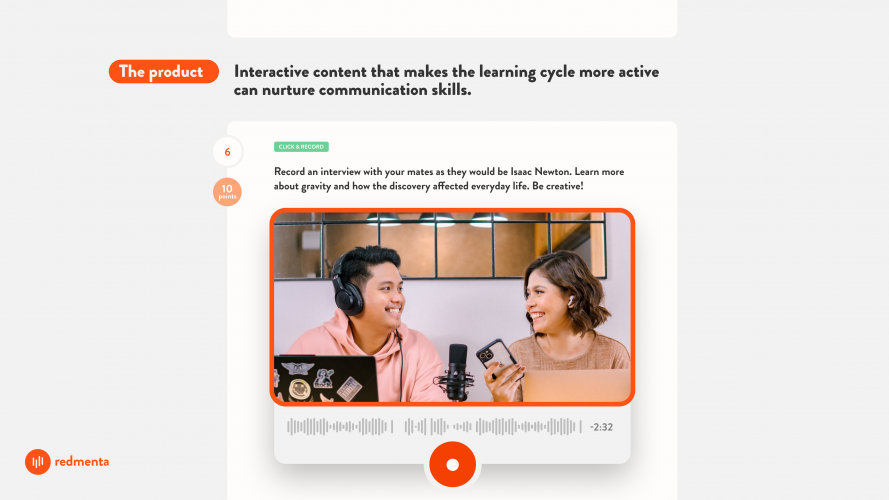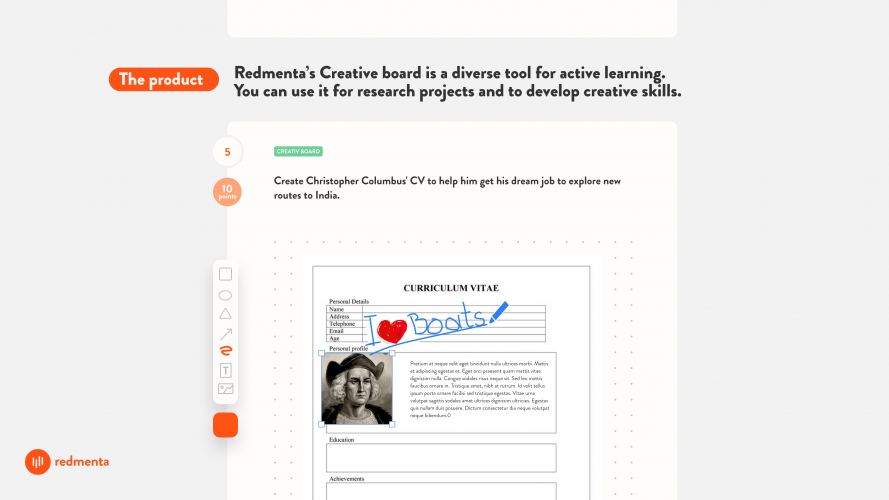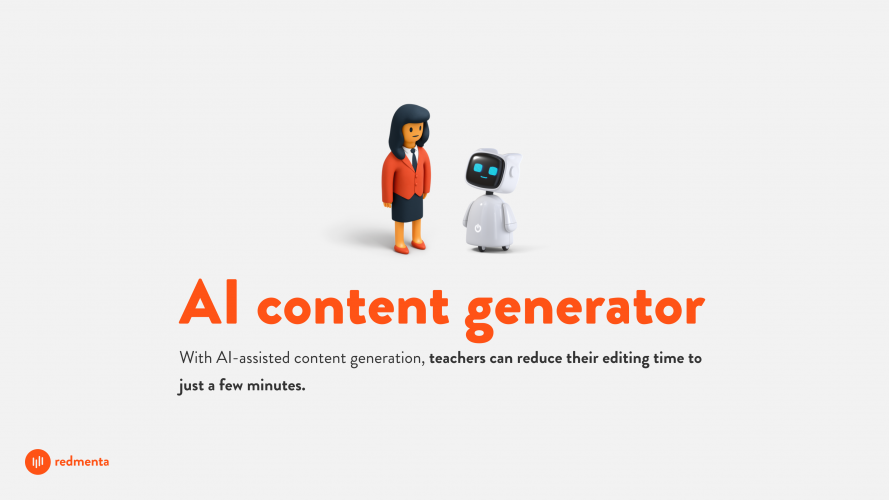Students are instructed to recognize the impact of regularly performed assignments on their progress and to identify their strengths and development needs.
Practicing keystrokes as well as other basic text production and processing skills.
Strengthen the ability to pose and retrieve questions independently and in conjunction with others through observations, and through a variety of information sources and aids. At the same time, students will be able to identify different perspectives on the subject they are considering, to find new insights, and to gradually become critical in the subject.
Pupils will be instructed to see the impact of regularly performed tasks on progress and to identify their strengths and development needs.
Students are encouraged to take responsibility for setting learning goals, planning work, and evaluating their own work process and progress.
Students are guided to identify and consciously develop their own learning and learning strategies.
Guiding students to identify their progress, identify their own strengths as learners, and rejoice in their successes.
Thinking skills are practiced through problem solving and reasoning tasks, and by working with and promoting curiosity, imagination, inventiveness, and functionality.
Students are directed to identify the most natural ways to learn and to pay attention to their own learning.
We express ourselves confidently and creatively in more than one language and in many ways.
We nurture our curiosity, developing skills for inquiry and research.
We develop and use conceptual understanding, exploring knowledge across a range of disciplines.
We work independently and cooperatively to explore new ideas and innovative strategies.
We know how to learn independently and with others.
We use critical and creative thinking skills to analyse and take responsible action on complex problems.
Instructing students to notice interactions and interrelationships.
Design your own and joint work and practice setting goals and evaluating work.
The various ways of building knowledge are explored together and students are encouraged to bring out their own experiences and to reflect on their relevance to their thinking.
Students are encouraged to use their imagination to discover and create a new one, to openly combine different perspectives, and to build new knowledge and insight.
Thinking skills are developed by creating diverse opportunities for independent and collective problem-solving, argumentation, reasoning and drawing conclusions, and for recognizing interactions and interrelationships between systems and thus for systemic thinking.
Guiding students through the use of key search services, experimenting with different tools, and performing small-scale intelligence activities on various topics and topics of interest.
Teaching uses community-based services and recognizes the importance of collaboration and interaction for learning, exploration and creation.
Practice systematizing, organizing and sharing files, and producing various digital output independently and together.
Information and communication technologies (ICT) are widely used in various subjects and in other school work.
Creating opportunities for students to find, experiment and use the most appropriate working methods and tools for their own learning and work.
Students practice expressing their opinions constructively and applying their skills in a variety of performance, collaboration and interaction situations.
Enabling international collaboration and doing comparisons between different practices and cultures.
Practice a variety of interaction, collaboration, and good manners.








User reviews for Redmenta
You need to log in to post a review.